During this Centennial celebration, we’ve decided to explore the additional creative worlds of Gene Roddenberry. There are multitudes of similarities found among the different stories, as well as some striking parallels to the Star Trek universe. There are also some staggering differences, both great and terrible, and we hope that you’ll engage along with us.
Live long and prosper,
Kennedy
Imagine being invaded by an alien species that cures the world’s diseases, eradicates global poverty, and solves international conflict within three years of arrival. All they ask for in return is friendship – would you believe them? Would you doubt their benevolent voices, or would you be intrigued by their seemingly abundant technology? Would you comply with this new world order, or would you resist for the sake of humanity?
Unlike his more-popular, utopian depiction of humanity in Star Trek, Gene Roddenberry began constructing a different vision of the future after the show’s cancellation in 1969. By focusing on what could happen if the invading species wasn’t as straightforward with their intentions as the Vulcans, Battleground: Earth – as it was called at the time – explored the nuanced themes of an evolving humanity faced with the threat of eradication. While Roddenberry’s schedule soon became too packed to see the project into fruition during his lifetime, Earth: Final Conflict was produced by Majel Barret-Roddenberry and aired for five seasons from October 1997 until May 2002.
The first season takes place three years after the seemingly compassionate Taelons have solved all of Earth’s problems, dubbing themselves humanity’s “Companions”. General public approval for the mysterious beings remains relatively high, but an underground resistance forms, suspicious of any interest the Taelons have in Earth or its people. The Taelons are beings of pure light and energy, who by choosing solid forms to put humans at ease, introduce highly advanced technology to the planet. The Taelons employed human agents as Protectors, equipping them with mind-enhancing Cyber-Viral Implants (CVIs), and biologically engineered weapons called Skrill that fuse with the Protector’s arm.
Over the course of the show, we ultimately learn that the Taelons did not, in fact, come in peace. Human experimentation, bioengineering, and a multitude of other crimes against humanity are revealed, as well as the Taelon war with their cousin species, the Jaridians. The deceit and corruption ran immeasurably deep, leaving yet another potential war to bubble to the surface.
Unfortunately, the series ended before the conflict could finally be resolved. The show is incredibly nuanced, with a slow pacing that leaves room for plenty of intrigue, but unfortunately also possesses the tendency to build momentum only to lose it abruptly. Frequent casting shifts throughout the show complicated things as well, so when the show shifted gears and added antagonists in the later seasons, a great deal of the intrigue was lost. Which is tragic, because the world-building in this show was unlike anything on television at the time. There were cop-drama-meets-double-agent themes throughout the series, a change of pace from Star Trek’s military-centered motif.
It’s other distinguishing trait were the Taelons themselves. Depicted solely by women actors, the Taelons were described early on as beyond gender. While they were referred to with masculine pronouns, the Taelons represented a level of gender-nonconformity that had not been explored on television at the time, subtly normalizing the appearance of non-binary people in media.
It’s hard to say how successful Earth: Final Conflict ultimately was, as it’s usually met with polarizing reactions from Trek fans. Folks can usually agree on how great the Emmy-nominated theme song was, but people tend to either love it or hate it with no real opinions in between. If nothing else, Earth: Final Conflict served as a meter for what could happen should our visiting aliens not be as peaceful as they say they are.
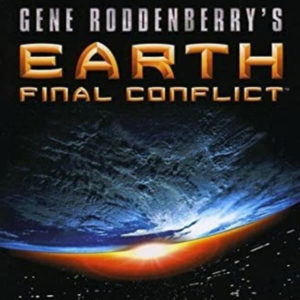
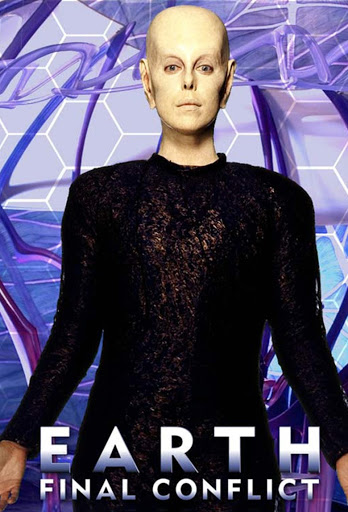
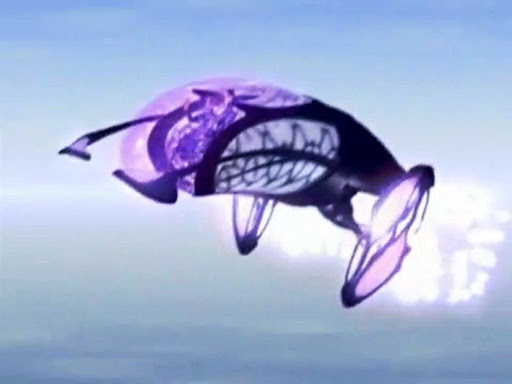
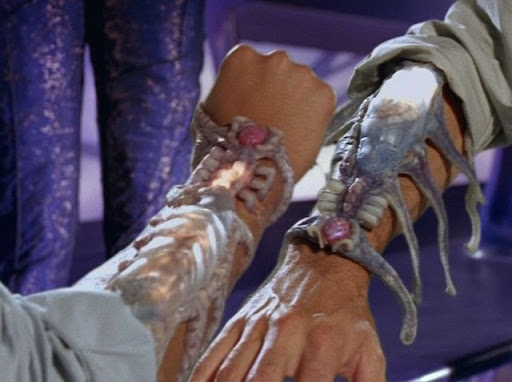
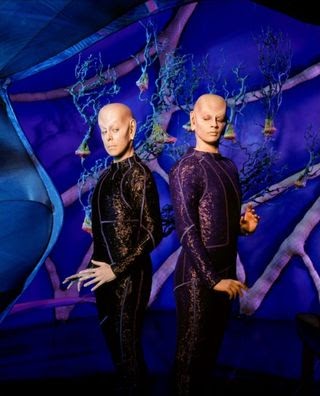
Some how I missed this series. Being in the AF I was traveling all around the world, then 911 happened. I just recently discovered it and I think being written in 1969 was way ahead of it’s time. you could probably re-boot it today with a great response.
I loved the show, but I suspect behind the scenes caused it to change direction every season. With more consistent direction I think it could have been even better. I also wonder how many people knew about the websites for the different factions the show set up, from a site for the Resistance, the Taelons, the Jaridians, and of course a site for Augur.